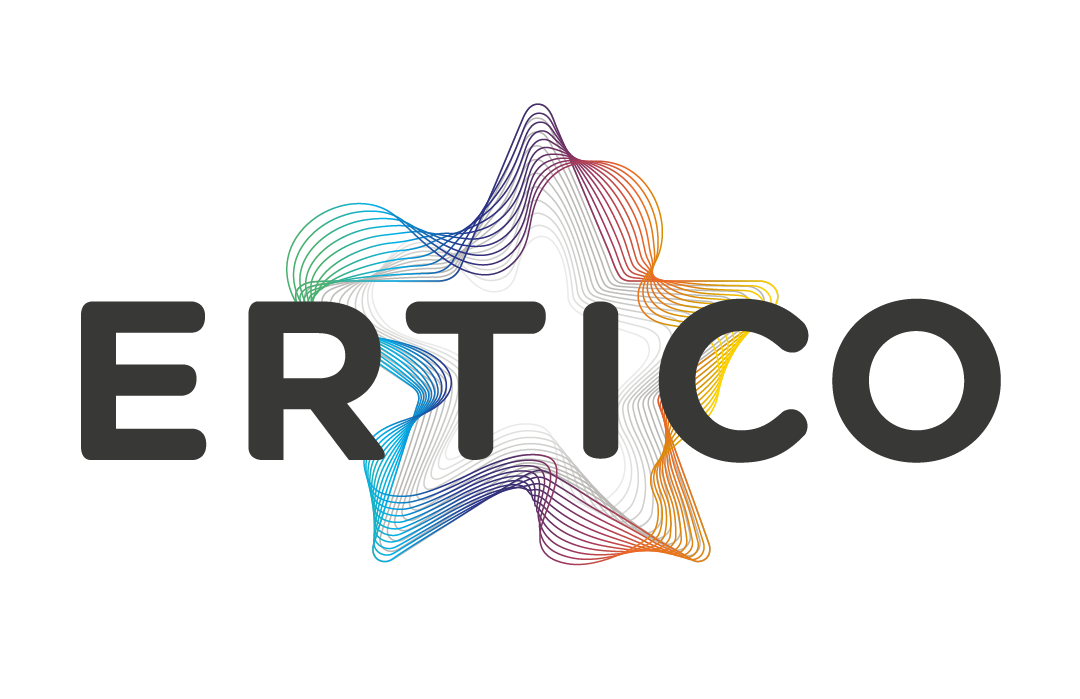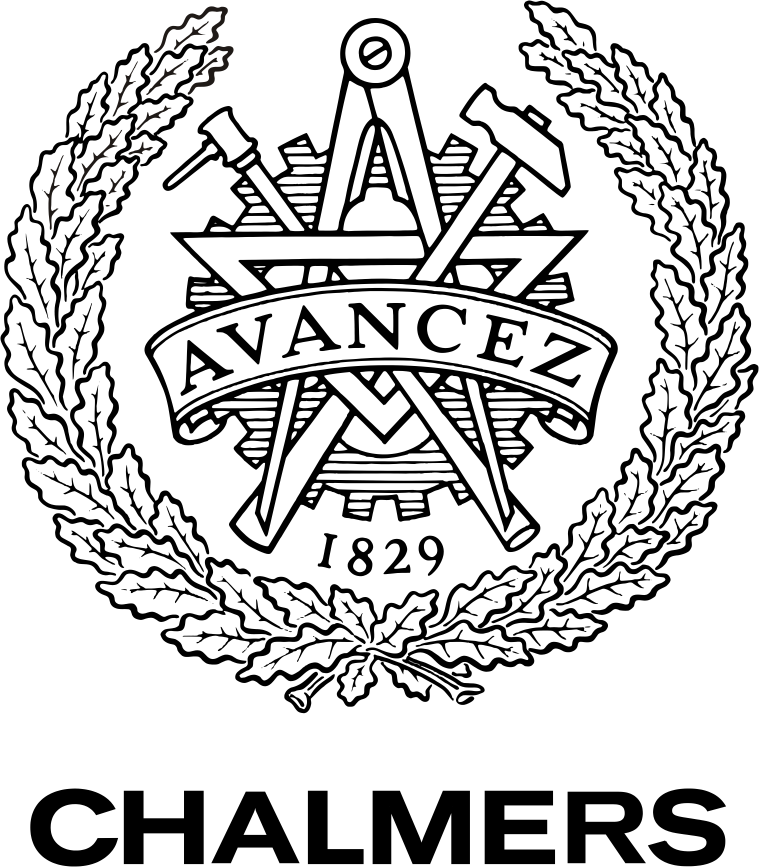Topic outline
-
Freight transport and logistics are in a period of transformation where the increased availability of digital technologies is rapidly transforming market structures and logistics business models, and the legislative and policy frameworks are moving towards the minimization of the environmental impact of transport. The rapid structural, organisational, and behavioural changes of the sector make existing data, models, and tools lag behind current developments. In response, the STORM project aims to study transformation and structural changes in freight and logistics business structures from different perspectives, focusing on the future challenges and needs of the sector by developing new methods and tools to support digitalization, sustainability transition, and future policy needs. STORM will create a unique platform for dialog with all relevant stakeholder groups to identify key elements for future horizons and directions for freight and logistics research, business and polices.
The project will develop new generation, beyond current state-of-the-art transport data analytics, models and solutions through industry use cases and contribute to sector innovations and competitiveness. STORM output will be a toolbox bringing together tools and methods centring on Big Data, data fusion, and agent-based modelling applied to electrified freight transport concepts and new collaborative, digitised logistics systems. It responds to the emerging needs of transport researchers, planners, and policy makers and it will generate knowledge for the implementation of innovative transport policies. STORM will provide advanced methods and tools to enable new opportunities and business models for the sector through targeted information and knowledge sharing with structured support and collaboration in research, policy analysis, and transport planning, to fulfil the ultimate goal of facilitating the sustainable transformation for the business and future public policies.
-
Forum
-
URL
-
URL
-
-
This report has the objective of identifying trends, knowledge needs, policy analysis needs and the potential roles and possibilities for new modelling for freight transport in the EU. A literature review of developments in freight transport was conducted, together with an online survey and expert interviews. In terms of the outputs and insight of freight transport modelling, this review has found some important areas where information and insights are lacking:
● Plausible projections of how the different aspects of change in logistics will drive structural change in logistics.
● Scenario simulations that are based on the interlinked system changes of new digitalised logistics structures and zero-carbon energy in freight transport.
● Policy package simulations that will deliver sustainability: since freight transport is facing non-marginal change, models that can represent processes of structural change will be needed to assess potential points of influence on transport system changes.
Reflecting the changes in freight transport and new data structures, models of freight transport are changing too. ABMs of transport decision making and movements are an active field of development. Models of new market structures in logistics and of low carbon freight transport systems are being developed, using GPS/AIS data and ‘big data’ analytics.
The modelling approaches to sustainability transitions offer general concepts for addressing structural and system change. This implies that what is required are clearer ideas of possible changes ahead in freight transport, to enable problem definitions that can be addressed by the approaches discussed here.
These views of future changes can be developed through qualitative techniques of foresight and scenario development with stakeholders, with many opportunities for using quantitative models as a part of such processes to develop combined qualitative and quantitative analyses.



